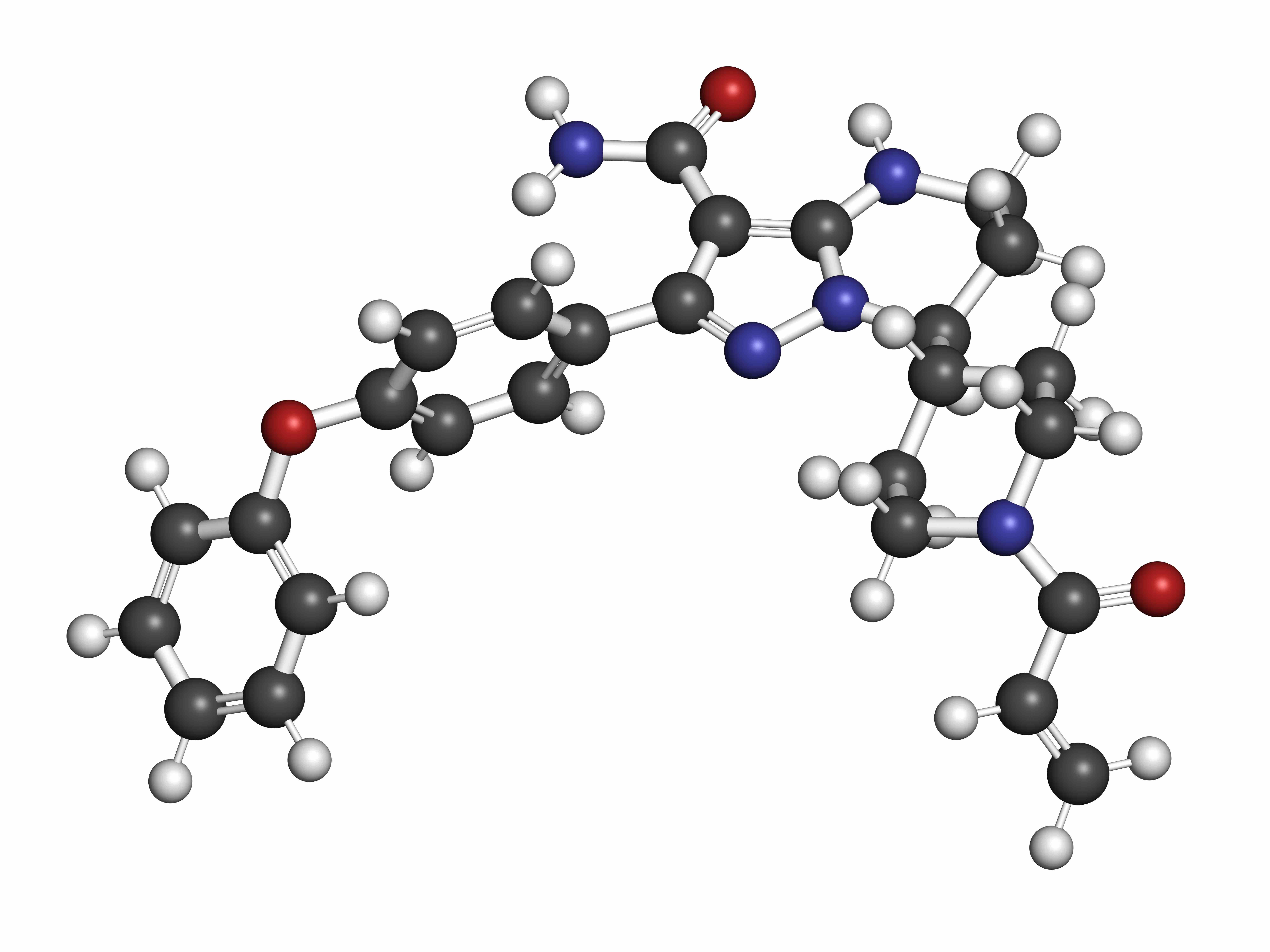Article
Review Outlines Progress on GE-Based Biomarkers for CML
Author(s):
A recently published review outlines progress made in discovering biomarkers for chronic myeloid leukemia (CML).
In a new review, researchers discuss studies evaluating gene expression (GE) profiling in chronic myeloid leukemia (CML) to better understand their potential as risk assessment tools for individualized CML treatment. Published in Haematologica, the article also includes an outlined approach for developing GE-based biomarkers in CML.
“Given current treatment goals, an ideal biomarker would accurately predict patients who will achieve a deep molecular response (DMR) with first-line tyrosine kinase inhibitors (TKI), or require a switch to alternative therapy, and among those who achieve a DMR, those who will be able to stop TKI successfully,” authors explained. “Accordingly, GE signatures offer a molecular profile that integrates risk factors encoded by both mutations and epigenetic states.”
To enable early patient stratification for therapy with first-generation or second/third-generation TKI, or other treatment options, the biomarker would have to be informative from the time of CML diagnosis prior to TKI initiation, they added.
Several micro-array studies have been conducted, which helped identify genes associated with TKI responses and disease progression. Of these, one investigation “demonstrated that GE information from diagnostic samples could predict distal events in time, including major molecular remissions (MMR) at 24 months, MR4.5 at 5 years, and blast crisis (BC) transformation,” researchers said.
An additional set of studies used unselected bone marrow for GE comparisons between patient responder groups. However, studies on this factor and peripheral blood yielded disappointing results and led future investigations to isolate and study CD34+ fractions from diagnostic bone marrow.
When it comes to single-cell–based GE analyses, recent advances have “enabled novel GE-based insights on the roles of tumor cell heterogeneity and clonal evolution under the selective pressure of therapeutics, with obvious applications in biomarker development,” authors noted.
The GE signature of immune cells can also be useful, as one study found plasmacytoid dendritic cells—major producers of IFN-α in vivo—promoted nilotinib resistance in patients with CML. According to researchers, these findings suggest cytokines released by immune cells in the bone marrow microenvironment may activate cytokine-dependent TKI resistance programs.
“We anticipate the discovery of additional biomarkers among discrete cell types that have the potential to be assayed by platforms available in standard pathology laboratories, e.g. by flow cytometry or immunohistochemistry,” researchers said.
An additional investigation, conducted by Radich et al, uncovered distinct transcriptional programs during BC progression, and this data set was subsequently used to compute a 6 gene signature to predict progression.
Further cross-validation of independent data sets revealed that when it comes to developing GE-based risk assessment:
- The discovery of reproducible GE-based biomarkers is possible when homogeneous CD34+ populations are used.
- The processes of TKI resistance and BC transformation are biologically convergent despite genetic heterogeneity.
- Polycomb repressive complex (PRC)–regulated processes contribute to silencing of prognostically informative genes.
Researchers also noted the contribution of somatic mutations to GE signatures, as for many genes, there are “strong preclinical data that their associated mutations contribute to or are even sufficient to produce TKI resistance or transformation phenotypes.”
Previous studies have also focused on the role of clonal hematopoiesis-related mutation in changes in GE hematopoietic stem cells (HSCs), in addition to PRC-associated GE changes and DNA methylation-associated GE changes.
For their own CML model, authors underscored the importance of incorporating the interaction between genetic and epigenetic factors that drive drug resistance and disease transformation. Specifically, “we propose a model where the cell of origin, with its attendant epigenetic and transcriptional program, determines the ability of specific mutations to contribute to biologic and clinical outcomes,” they wrote.
Despite the challenges that come along with discovering a limited and traceable set of genes that is prognostic across the majority of patients with CML, researchers highlighted encouraging examples of similar, successful efforts in other cancer fields. For example, in breast cancer “GE panels comprising 21 genes that encompass various aspects of breast cancer biology have been found to be predictive of therapeutic response and minimized the use of additional therapy without compromising survival.”
Two reports have also suggested it is possible to predict DMRs and sustained treatment-free remissions in the CML setting. Each study used peripheral blood samples taken at patients’ diagnosis or 3 months after diagnosis.
Overall, the early reports found “biologic information encoded in GE data can predict very long-term clinical outcomes in CML, and it is therefore conceivable that GE-based data will be able to identify patients in whom TKI therapy can be safely discontinued,” authors said.
To develop GE-based risk assessment, analytical validity, clinical validity, and clinical utility need to be established, they argued, while integrating gene mutation– and gene expression–based biomarkers into care will be crucial in the effort to cure patients with CML.
“Emerging technologies, particularly multimodal single-cell–based approaches, will facilitate the discovery of genetic and epigenetic biomarkers at presentation,” they concluded. “This initial discovery phase has to be followed by the translation of GE-based information into validated analytical tests, and subsequently, the determination of clinical validity and utility.”
Reference
Krishnan V, Kim DDH, Hughes TP, Branford S, Ong ST. Integrating genetic and epigenetic factors in chronic myeloid leukemia risk assessment: toward gene expression-based biomarker. Haematologica. Published online October 7, 2021. doi:10.3324/haematol.2021.279317




